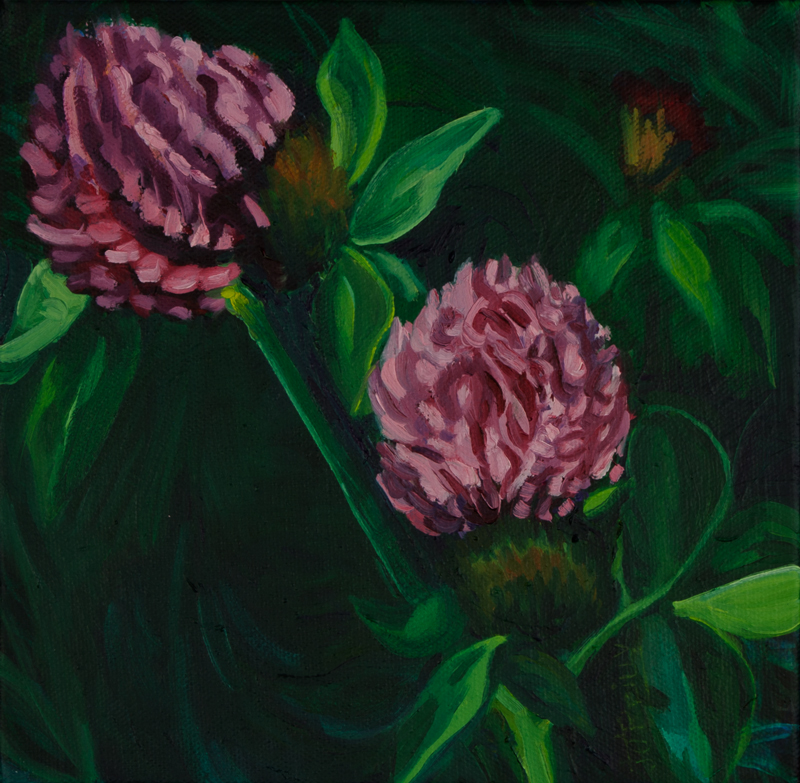How Do You Know It's Finished?

29 August 2024
How does an artist know when a painting is finished?
Not long ago I was showing a painting in progress to someone who asked me "What's wrong with it? What do you need to do to it? How will you know when it's finished? "
My guest was seeing something different from what I was seeing. Feedback from our viewers can be valuable and reveal new possibilities. At times, though, it can erode confidence or cause us to mistrust our instincts, our inner voice. And in this case, I was seeing the potential I knew the painting had, even if it hadn't reached that mark for me yet. So I listened and considered, and knew I'd press ahead.
But the questions were good ones.
Knowing When To Stop
Learn To Trust Our Eyes
It helps to know some elements of painting: composition, color, light, balance, movement. Even a rudimentary understanding of these things helps us frame the right questions. The more we know, the more we learn how to assess.
Gain Confidence To Declare and Trust Our Inner Self
The more we experience that zing when a painting falls into place, the more we gain confidence to say "This is it. I, the artist, call this painting ready to go."
And that zing is a real thing. For me, there's always a moment that goes 'click!'
I've failed to listen more times than I can count, but if I pay attention, it's always there.
Practice Practice Practice
Sheer repetition. We have to do a lot of paintings to get them close enough to the point of finish to recognize that zing point. This is why we call it our art practice.
Viewing our efforts as continual practice gets societal pressures out of the way. Those pressures will always exist, but in the studio they're not useful to us.
Be Willing To Face Risk
Which brings us to this part: courage. As artists, we have to be brave enough in the face of our fears to trust that we can, and will, create that other work. This too, takes practice. And fortunately it does get easier with practice. Courage is a skill set.
A painting's success can depend on a single stroke, one mark that is one step away from breaking the thing. If we miss that moment and keep applying paint past that stroke, we now have a whole new painting. But have courage!
This is a time to assess what we have now. What can we do with it? Where can we take it? What new possibilities will be available?
We can't go back to the painting we had before. For physical paintings, there's no Undo button. Sorry kids, that's the way it works. We're flying high without a net. But that's the exciting part, right?